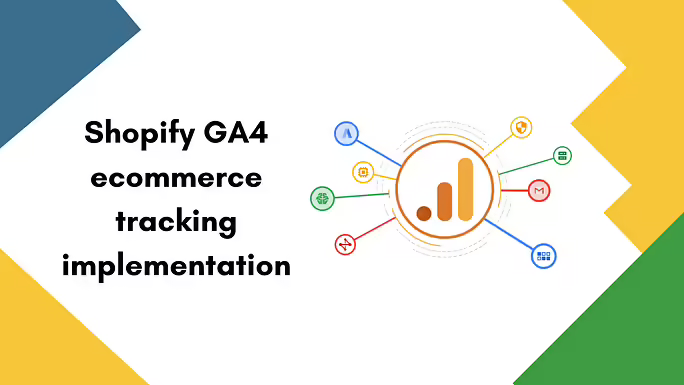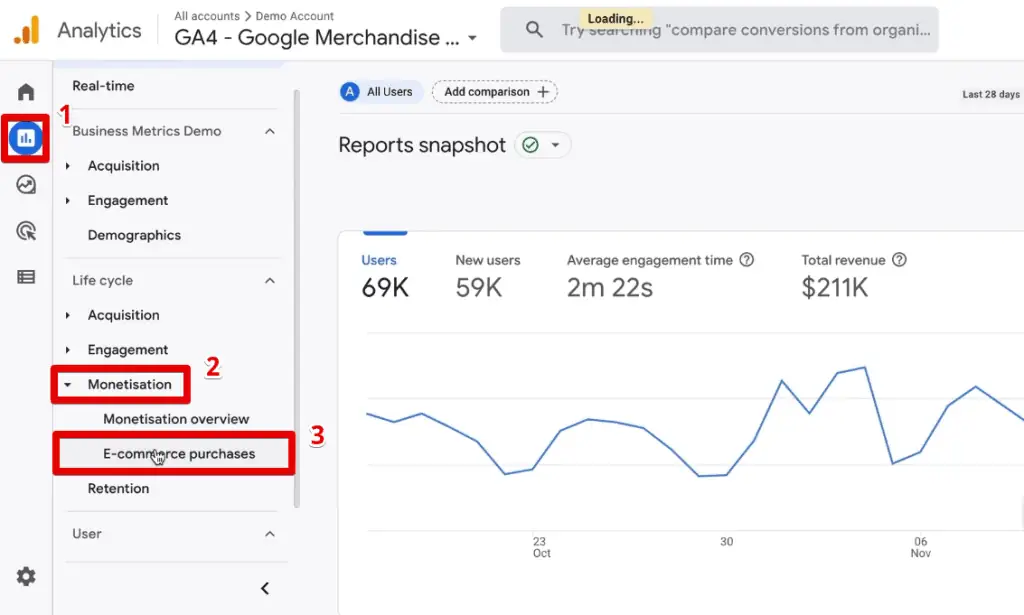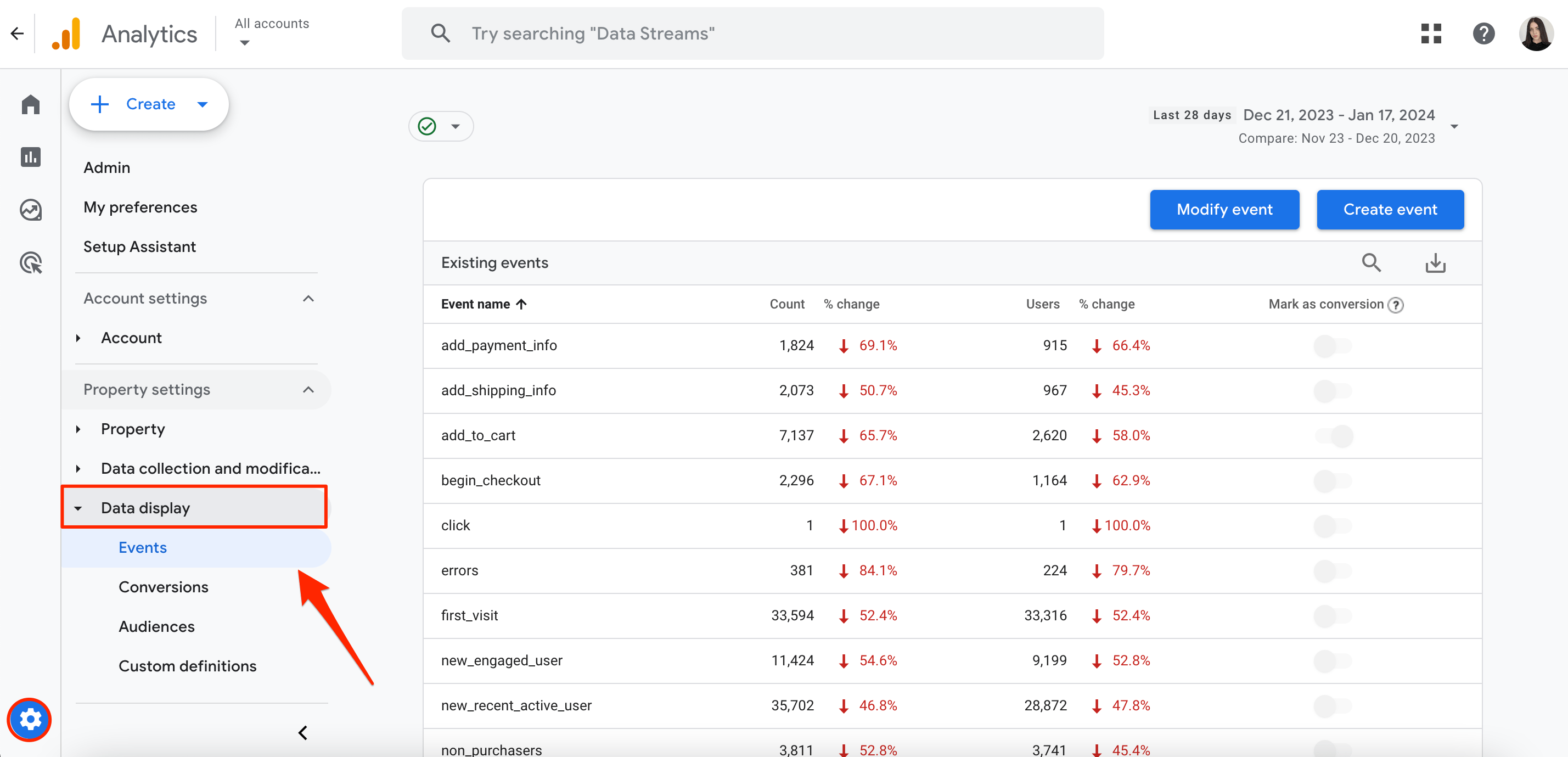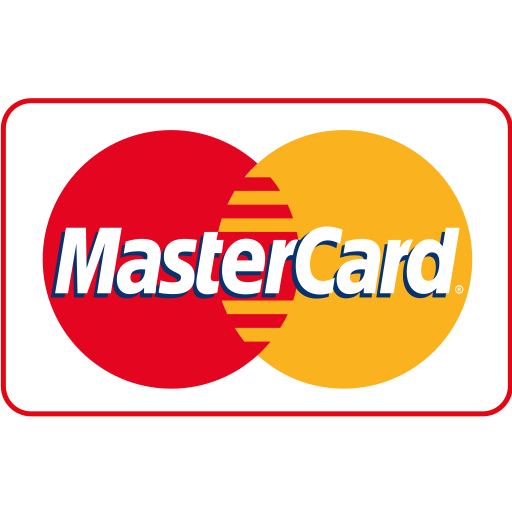To implement E-Commerce Tracking with GA4 parameters, you primarily need to set up event-based tracking that captures key ecommerce interactions such as product views, add-to-cart actions, checkout initiation, and purchases. This is done by sending specific ecommerce events with detailed parameters to Google Analytics 4 (GA4).
Key steps include:
-
Use Google Tag Manager (GTM) or gtag.js to send ecommerce event data to GA4. GTM is the most common and flexible method, allowing you to manage tags and triggers without modifying site code directly.
-
Implement a Data Layer on your website. The data layer is a JavaScript object that holds ecommerce data (like product IDs, names, prices, quantities) and pushes it to GTM. This data layer must be populated with ecommerce event information such as
view_item,add_to_cart,begin_checkout, andpurchaseevents. -
Configure ecommerce event tags in GTM. For each ecommerce interaction, create a GA4 event tag in GTM that reads the relevant data from the data layer and sends it to GA4. The event parameters should include an
itemsarray with product details (up to 200 parameters allowed), and other recommended parameters like transaction ID, value, currency, etc.. -
Clear the data layer before pushing new ecommerce events to avoid conflicts between events on the same page. This is done by pushing
ecommerce: nullbefore sending new ecommerce data. -
Test your implementation by performing ecommerce actions on your site and verifying that the events appear correctly in GA4’s real-time reports or debug view.
Summary of important GA4 ecommerce events to track:
| Event Name | Purpose |
|---|---|
view_item |
User views a product detail page |
add_to_cart |
User adds a product to the shopping cart |
remove_from_cart |
User removes a product from the cart |
begin_checkout |
User starts the checkout process |
purchase |
User completes a purchase |
refund |
Refund transaction |
Each event should include detailed parameters about the products involved, such as item_id, item_name, price, quantity, and optionally custom parameters.
If you use WooCommerce or other platforms, plugins like GTM4WP can simplify the process by automatically pushing ecommerce data to GTM, which you then configure to send to GA4.
In essence, implementing ecommerce tracking in GA4 involves setting up a data layer with ecommerce event data, configuring GTM to send these events with proper parameters to GA4, and testing to ensure accurate data capture.



















Ang PH Ranking ay nag-aalok ng pinakamataas na kalidad ng mga serbisyo sa website traffic sa Pilipinas. Nagbibigay kami ng iba’t ibang uri ng serbisyo sa trapiko para sa aming mga kliyente, kabilang ang website traffic, desktop traffic, mobile traffic, Google traffic, search traffic, eCommerce traffic, YouTube traffic, at TikTok traffic. Ang aming website ay may 100% kasiyahan ng customer, kaya maaari kang bumili ng malaking dami ng SEO traffic online nang may kumpiyansa. Sa halagang 720 PHP bawat buwan, maaari mong agad pataasin ang trapiko sa website, pagandahin ang SEO performance, at pataasin ang iyong mga benta!
Nahihirapan bang pumili ng traffic package? Makipag-ugnayan sa amin, at tutulungan ka ng aming staff.
Libreng Konsultasyon